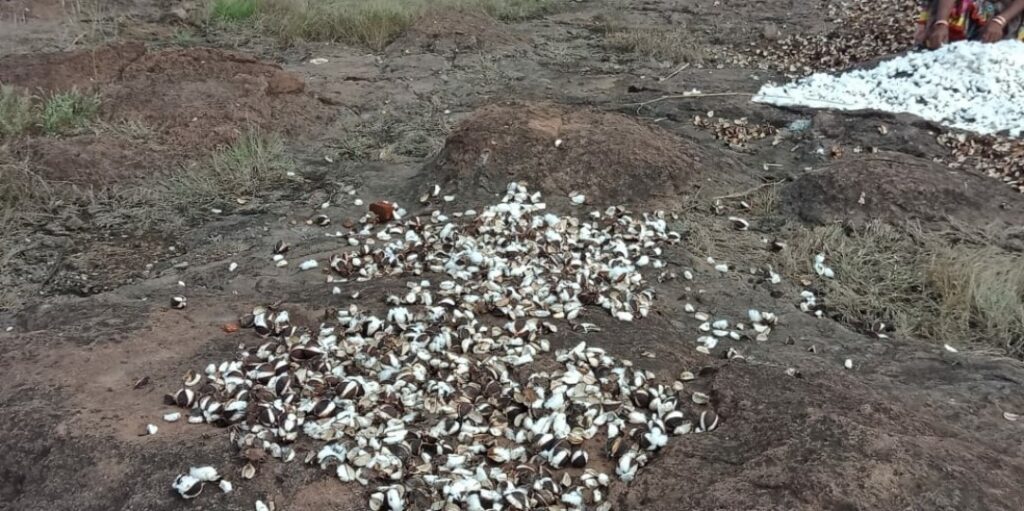Climate Change is the buzz word and with Greta Thunberg, and her climate strike movement, it had become quite a popular word, thanks to social media.
However, one needs to understand that it is merely not a popular word on social media but a hard-hitting reality which is not taking up a toll on lives but also resulting in economic losses.
2019 was the year, when India experienced most of the devastating effect of climate change with intense summer, delayed monsoon, floods and unseasonal rainfalls.

This increasing effect of climate change not only took its toll on human lives but also agriculture and animals. There have been numerous implication of climate change on human lives but the severe weather events that have caused damage to agriculture and allied activities, leading us to economic loss as well.
This year, according to skymet weather, the country has recorded excess rainfall to the tune of 110 per cent of the long-period average. The country’s cumulative rainfall for the monsoon (June 1 to September 30) was recorded at 968.3 mm against the normal rains of 880.6 mm. This incessant rainfall in the country had resulted in 13 states such as Maharashtra, Madhya Pradesh, Karnataka, Assam, Bihar among others. Apart from taking lives, the damage it caused to the agriculture land was irrecoverable.
One of the most affected states was Maharashtra that is known for its Kharif production. The torrential downpour resulted in washing away agriculture lands of western Maharashtra such as Pune, Kolhapur, Sangli, and Satara. This floods in Maharashtra inflicting damage of crops such as sugarcane which resulted in low production of sugar for the year 2019-2020. This flood not only destroyed the farmland but around 7000 milch animals were also dead and missing hitting the milk production.
If not these floods, but the unseasonal rainfall in the month of October-November in the states like Rajasthan, Maharashtra, Karnataka and others caused havoc with the remains crops. It not only damaged the crops such as moong and urad in Rajasthan and onions in Karnataka and Maharashtra but also caused a damage of around 90 lakh hectares of Kharif land in Maharashtra. These losses not only hit the farmers but also caused erratic food inflation in the country. With prices of onion and vegetables skyrocketing, the prices of pulses continue causing a dent in the pocket of consumers. The grapes orchards destroyed due to unseasonal rainfall in Nashik resulted in reducing the export.
The loss was not limited to this but had also damaged the major cash crops of our country such as soybean and cotton. This loss resulted in revenue losses of farmers and also hampering exports of the country.
This incessant unseasonal rainfall also resulted in the loss of milk production. The milch animals of flood-affected areas were in the stage of shock which also resulted in the reduced production of milk. The standing crops of maize which got destroyed in rain also resulted in lack of feed for the animals. Due to lack of availability of feed, it affected the production of milk in the flush period which starts after the monsoon. The flush period is a time when lactation is highest in cows and buffaloes. This period falls in the month of October-January. However, as the animals were in shock and lack of availability of feed resulted in lower production of milk. The impact can be witnessed as there is an overall shortage of milk at the country level with a shortage of 10 per cent in cow milk production.
Climate change is playing a crucial role in disturbing the economy and causing food inflation. It is the time to realize that climate change is not only a fashionable word but has its long-lasting implications that are shaking the economy and household budget. Its time to wake up as the impact of it is touching every household now.
Author: Anvita Srivastava

